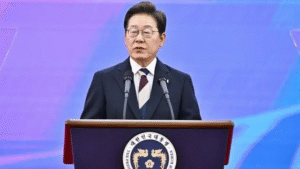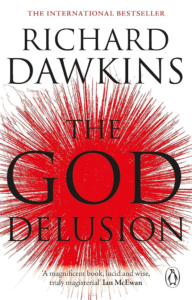The Spread of a Controversial Image
An AI-generated graphic named “All Eyes on Rafah” has recently captured the attention of millions, becoming a trending topic on Instagram with over 46 million shares. This event has ignited a worldwide debate on AI’s influence in the media and its moral ramifications.

The Question of Authenticity in Media
The contentious image shows refugee shelters against an unlikely backdrop of snow-capped mountains and overcast skies, a scene that diverges sharply from the true landscape of Rafah in Gaza. The consensus among specialists is that the image was crafted by AI, as indicated by its peculiar uniformity and shadow patterns. Its viral status has prompted a reevaluation of media authenticity and the potential for AI to fabricate deceptive stories.
The Debate Over Digital Activism
The dissemination of the “All Eyes on Rafah” image has been met with skepticism, with detractors denouncing it as a form of digital activism that, despite raising awareness, fails to provide practical solutions or meaningful engagement with the issue at hand. This mirrors the critique faced by the 2020 social media campaign involving black squares, which was seen as a hollow act of support lacking in real impact.
The Consequences of AI-Created Media
This incident underscores the growing influence of AI-created media on societal dialogue. As AI tools advance, the line between authentic and synthetic images grows fainter, posing risks particularly in areas of conflict where truthful representation is essential to convey the realities of war and its human cost.
Ethical Use of AI in Media
The discourse around the “All Eyes on Rafah” image brings to light the urgent need for ethical guidelines in AI media usage. With the rise of AI-generated media, it’s critical to develop standards that promote responsible technology use, curb misinformation, and uphold the credibility of media portrayals.
To sum up, the widespread circulation of the AI-generated Gaza image has not only dominated online platforms but also highlighted the significant ethical responsibilities associated with AI in media. It serves as a call to both media producers and consumers to critically engage with AI-created content and push for ethical practices in its application.




















